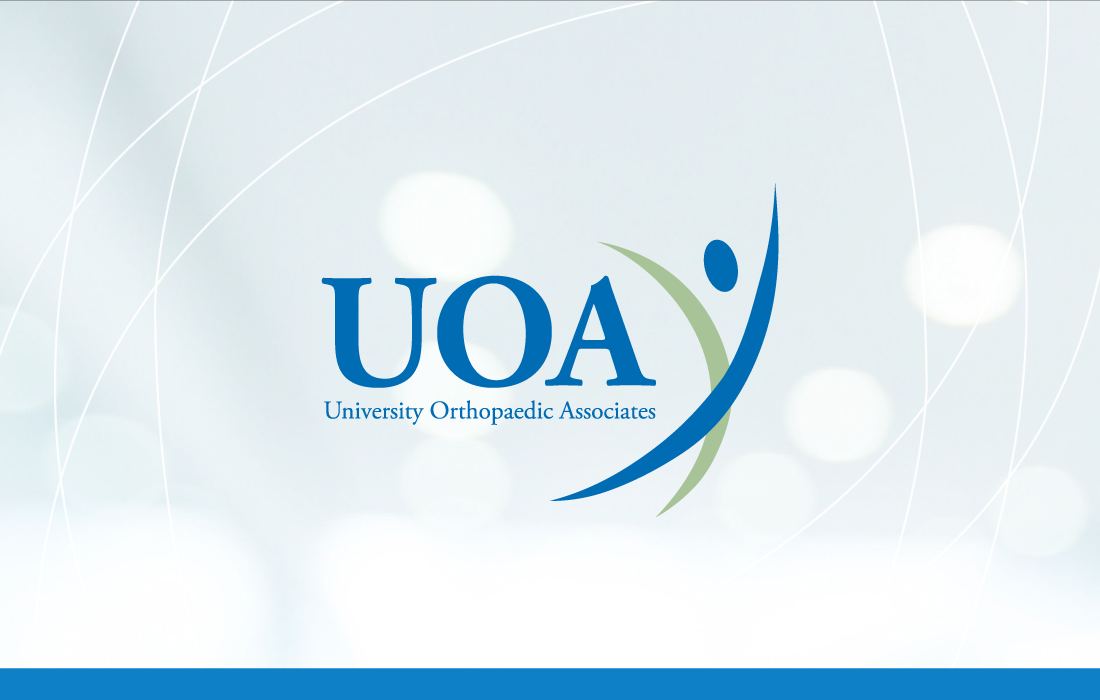Anyone who has torn their anterior cruciate ligament (ACL) knows the feeling: the dreaded “pop” and pain that is associated with a torn ACL. ACL reconstruction is one of the most commonly performed orthopaedic surgeries and has a high success rate. However, even in the best of hands, primary ACL reconstruction does have a small rate of re-rupture with repeated injury.
When evaluating a patient who presents with a recurrent ACL injury, it is important to start from the beginning. We want to understand the details surrounding the initial ACL injury and reconstruction. What graft was used? Was it autograft (own tissue) or allograft (cadaver tissue)? What other structures were injured or repaired? What was their rehab like and when did they return to cutting and pivoting sports?
Examining an ACL Reconstruction Failure
Next, the physical exam helps determine if there is increased laxity (or motion) in the knee. Special physical exam tests allow us to check for the function of the ACL as well as other stabilizers of the knee, like the meniscus. Often, an ACL re-tear happens because additional structures such as the meniscus or other ligaments in the knee were injured. Structures such as the posterior horn of the medial meniscus and the lateral collateral ligament (LCL or FCL) are important to examine.
Next, radiographs (X-rays) are obtained to help identify what hardware was used previously for the ACL reconstruction and to examine the size and location of the tunnels used for ACL reconstruction. Long leg standing alignment films can be ordered to check the overall alignment of the knee. Stress X-rays can also be helpful in this setting to objectively identify if additional structures are injured that are difficult to detect on exam and may appear uninjured on MRI.
Why ACL Reconstructions Fail
The most common reason for an ACL reconstruction to fail is tunnel malposition. When the surgeon reconstructs your ACL, small holes or tunnels are drilled into the femur (thigh bone) and tibia (shin bone). The graft is passed through these tunnels and secured in this location to recreate the function of your ACL.
Most commonly, we see a tibial tunnel that is placed too posterior (toward the back of the knee) or a femoral tunnel that is placed too anterior (toward the front of the knee). Additionally, we want to look at the size of the tunnels to help plan for revision surgery. These are areas we can correct in the revision setting to limit the risk of re-injury to the reconstructed ACL.
Deciding to Get ACL Revision Surgery
If you have had an ACL reconstruction that has failed, you should be evaluated by a well-trained sports medicine surgeon who can evaluate each of these components and outline the treatment that has the highest chance of success. At University Orthopaedic Associates, our sports medicine experts can help you evaluate whether a revision ACL reconstruction is the right path of treatment for you. Contact us today to request an appointment.




